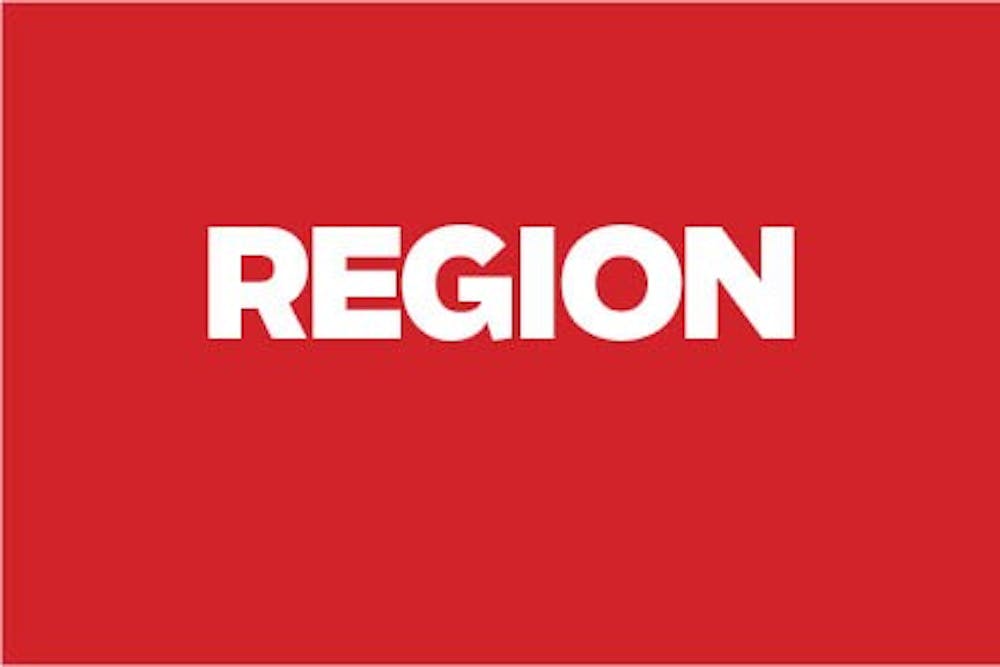Before there were streetlights in Bloomington, people got along just fine. It didn’t seem odd or troublesome to drive at night with nothing more than headlights to guide your way.
Once the city installed the lights, though, it became a convenient and appreciated norm, Mayor John Hamilton said. Residents today can’t imagine moving to a city without that basic public service.
Soon, it could be the same for broadband connectivity, Hamilton said at Tuesday’s Community Symposium on next generation high speed networks.
“I wanted to remember the people who got the railroads here in 1854 and the people who got electricity and water and sewer systems and roads,” Hamilton said. “All that stuff has been so important, and this is the 21st-century equivalent. We’ve got to have very good digital infrastructure in the community.”
City development and tech communities gathered in City Hall with prominent Internet experts from around the country to discuss the path to city-wide Internet.
Much of the talk was filled with insider jargon. Presenters spoke of Internet fiber, ultra-high revolution, low-latency, bandwidth and gigabytes.
But the main message was clear: ubiquitous high-speed Internet access opens new and exciting opportunities for a community.
“It will have a lot of benefits for attracting jobs to the City of Bloomington,” said Brad Wheeler, IU’s vice president for information technology and chief information officer. “It will benefit software companies, medical innovation. It’s really a big part of Bloomington’s ability to compete in the future.”
Though all IU students currently have access to Internet while on campus, the majority of the Bloomington population does not. Panelist Joanne Hovis, the president of CTC Technology and Energy, said the Internet on campus is 200 times the speed of what the average person has in his or her home.
This level of speed and reliability spread through the entire city could eliminate some day-to-day annoyances, broadband strategist Elise Kohn said, like Wi-Fi that won’t connect, documents that won’t load and a Netflix account that keeps stalling.
Presenters also pointed to bigger changes that might be possible. They shared videos of a woman being seen by a doctor through a computer screen from the comfort of her front porch.
They also showed a video of a class of high school students sitting in on an open heart surgery. As they watched from their classroom seats, they could interact with the surgeon and ask questions about the process.
Universal access is also important for narrowing the gap between social and economic classes, Hamilton said.
In addition to these practical purposes, the city might also benefit in a creative way.
As an example of this, one speaker showed a photo of two dancers onstage in Cleveland. He said it took a live audience nearly 40 minutes to discern that one of the dancers was actually a hologram — dancing in real time, but in a completely different part of the network.
Bloomington still has a way to go before it gets to that point. Because it is at the forefront of this type of innovation, the city will likely have to pave its own way in finding what works best for Bloomington, the panelists said.
Even so, when asked to give advice to the mayor, panelists seemed enthusiastic.
“Don’t let up,” said Aaron Deacon, the managing director of KC Digital Drive. “You’ve got a good vision, you’ve got a lot of community energy, you’re mobilized. Keep going.”






